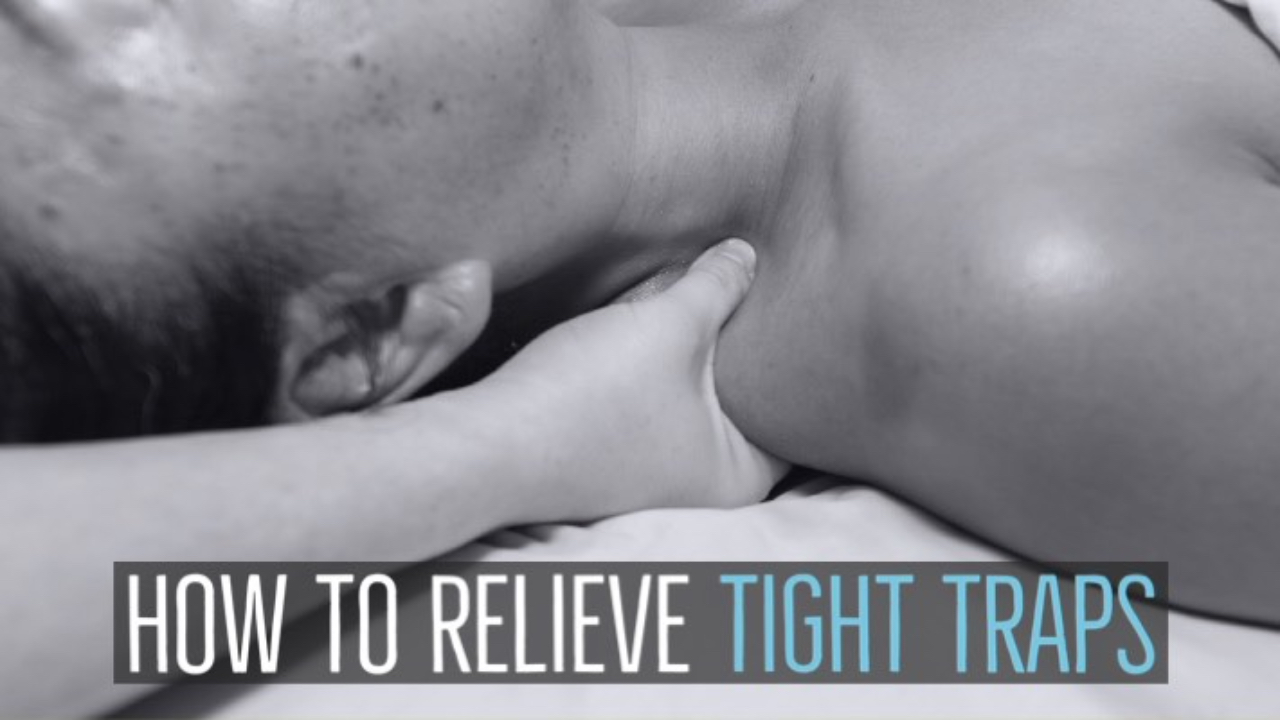
How to Relieve Tightness in the Trapezius Muscle
The trapezius muscle is a large muscle that extends from the base of the skull to the middle of the back and out to the shoulder blade. It plays a vital role in shoulder and neck movement, and when it is tight, it can cause discomfort and pain in these areas. In this article, we will discuss tips on how to relieve tightness in the trapezius muscle, as recommended by a physical therapist.
Stretching to Increase Flexibility
Stretching is a simple yet effective way to relieve tightness in the trapezius muscle. It can increase the flexibility of the muscle and reduce tension. One of the most common stretches for the trapezius muscle involves tilting the head to one side and using the opposite arm to gently pull the head further to the side until a stretch is felt in the trapezius muscle. Another stretch involves reaching one arm behind the back and using the other arm to gently pull the elbow towards the opposite shoulder. The stretch should be held for 30 seconds and repeated on both sides.
Trigger Point Release
Trigger point release involves applying pressure to areas of tightness in the muscle to release the tension. For the trapezius muscle, trigger points are commonly found at the base of the skull and at the top of the shoulder. A physical therapist can use their hands or a tool to apply pressure to these areas. The pressure should be firm but not painful. The therapist may also use techniques such as deep tissue massage or myofascial release to help release the trigger points.
Massage to Increase Blood Flow
Massage can also be used to relieve tightness in the trapezius muscle. It helps to increase blood flow to the area, which can reduce tension in the muscle. A therapist can use their hands or a massage tool to apply pressure to the muscle. The therapist may use different massage techniques, such as Swedish massage or deep tissue massage, depending on the individual's needs.
Correcting Poor Posture
Poor posture can contribute to tightness in the trapezius muscle. Correcting posture can help to relieve the tightness and prevent it from recurring. Good posture involves keeping the shoulders down and back, and the neck in a neutral position. A therapist can help an individual identify areas of poor posture and provide exercises to strengthen the muscles that support good posture.
Strengthening the Neck
Strengthening the neck muscles can also be an effective way to relieve tightness in the trapezius muscles and prevent it from recurring. Neck strengthening exercises include neck retraction, neck extension, neck lateral flexion, neck rotation, isometric neck strengthening, and resistance band exercises. It's important to start with low resistance and gradually increase the resistance as the muscles become stronger. It's also important to avoid overexertion and to stop if there is any pain or discomfort.
Tightness in the trapezius muscle can cause discomfort and pain in the neck and shoulders. Stretching, trigger point release, massage, correcting poor posture, and strengthening the neck muscles can all be effective ways to relieve tightness in the trapezius muscle. It's important to work with a qualified therapist who can evaluate your specific needs and develop a safe and effective treatment plan.
Do you have any other tips for relieving tightness in the trapezius muscle? Share your thoughts in the comments below.
References:
- Page P. Current concepts in muscle stretching for exercise and rehabilitation. International Journal of Sports Physical




